| Umělec magazine 2000/3 >> Art 31 Basel | List of all editions. | ||||||||||||
|
|||||||||||||
Art 31 BaselUmělec magazine 2000/301.03.2000 Vladan Šír | info | en cs |
|||||||||||||
|
Art Basel is big business and it is getting even bigger. In addition to the two floors of the vast exhibition space, occupied by 271 galleries from around the world, this year’s edition was expanded by 12.000 square meters of Art Unlimited. Basel managers laid their hopes on this newly created section as it breaks up the traditional booth presentation by individual galleries and shifts attention to presenting artists and their works. Art Unlimited mostly featured sculptures and videos that were either so huge that they could not fit into even the biggest booth or, even if they could, they just would not have looked nice in one. The question now is whether this enhanced the sales of these works or not, because the final criteria at trade fairs is money.
Arndt & Partner Gallery from Berlin showed a large sculpture by Max Mohr at Art Unlimited. According to Julia Burchardi of the gallery, the newly created section increased the gallery’s chances at attracting potential buyers. ”It’s double exposure,” she said. ”It allows the artist to present in a better way. Relatively speaking it was [financially] reasonable. We had excellent sales and sold what we expected.” The list of artists represented in the new Art Unlimited section was 70 names long, ranging from Louise Bourgeois, Donald Judd, David Rabinowitch to Liam Gillick, Sylvie Fleury and United Aliens—the most fashionable of the bunch. Traditionally, Art Statements has been another closely observed section for contemporary art. Each of the 27 selected galleries presented only one artist (or one group) in a solo exhibition in a booth. The Baloise Art Prize of 25.000 Swiss Francs put further emphasis on the attention focused on this section. The prize was scooped up by Jeroen de Rijke and Willem de Rooij from the Buchholz Gallery. Despite the fact that galleries were allowed to show one author only, they hoped this kind of presentation would pay off in other ways. Axel Mörner from Stockholm who presented Ola Pehrson, admitted his gallery did not generate any sales at the Art Statements, but said that, ”we were prepared for sales to be lower than we wanted but the work was shown to, we think, the best crowd at the art fair. And we made significant contacts that will yield other exhibitions and sales in the near future.” Most of the business was still conducted in the traditional gallery section. In a survey conducted by the fair, galleries reported at least fair sales. One of the survey’s most interesting results revealed that there was a new, young generation of collectors emerging who were mostly buying contemporary art. For a non-business visitor, this section was not as appealing due to the sheer number of works and the rather run of the mill quality. The media covered everything from painting, sculpture, works on paper and photography to installations and video. Overall, the fair provided an opportunity to see some of the big names in art business as well as highlights in both recent and modern art in one place. While the fair actively searches for new ways to show and sell art, it is disappointing that many galleries appear to be lagging behind and have settled into doing safer presentations. The Gagosian Gallery, for example, just recently opened its new branch in the center of young art in London, but at Art Basel this year they presented Andy Warhol’s work from the beginning of the 1980s. Beginning next year, Art Basel is going to try and break into the US market as it opens a new art fair entitled Art Basel, Miami Beach, which will take place from December 12 to 16, 2001. This may be a logical step for Basel managers as a significant number of currently participating galleries are based in North and South America. Next year’s attendance will show what effect this step will have on the original Art Basel (June 13-18, 2001).
01.03.2000
Recommended articles
|
|||||||||||||
|
04.02.2020 10:17
Letošní 50. ročník Art Basel přilákal celkem 93 000 návštěvníků a sběratelů z 80 zemí světa. 290 prémiových galerií představilo umělecká díla od počátku 20. století až po současnost. Hlavní sektor přehlídky, tradičně v prvním patře výstavního prostoru, představil 232 předních galerií z celého světa nabízející umění nejvyšší kvality. Veletrh ukázal vzestupný trend prodeje prostřednictvím galerií jak soukromým sbírkám, tak i institucím. Kromě hlavního veletrhu stály za návštěvu i ty přidružené: Volta, Liste a Photo Basel, k tomu doprovodné programy a výstavy v místních institucích, které kvalitou daleko přesahují hranice města tj. Kunsthalle Basel, Kunstmuseum, Tinguely muzeum nebo Fondation Beyeler.
|








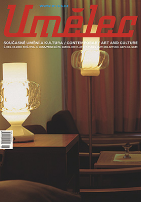













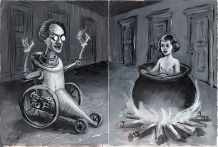




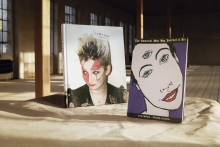
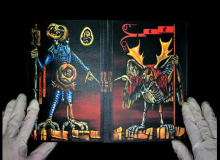
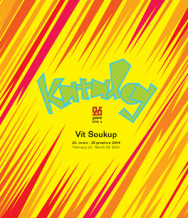



 We Are Rising National Gallery For You! Go to Kyjov by Krásná Lípa no.37.
We Are Rising National Gallery For You! Go to Kyjov by Krásná Lípa no.37.
Comments
There are currently no comments.Add new comment